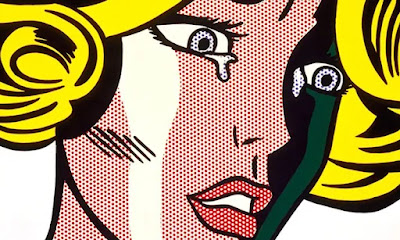The monsters weren't intended to be gay, except possibly when director James Whale was behind the lens, but they read as gay to me. For me and my fellow queer youth growing up in the gay-intolerant era of the mid-twentieth century, these monsters spoke to our lives. That they flourished in marvelous gothic fantasy films, some brillant, most ridiculous, all imagination-stirring, only made them more special.
Hollywood's message may have seemed clear: You're gay; you're a monster. The villagers must hunt you down and destroy you. However, there was a more subversive underside to them. Almost without exception the monsters are presented sympathetically: Frankenstein's Monster was a lonely innocent, persecuted for existing, and good with children (some of the time). And there was his enormous schvancestucker. The Wolfman was a heroic fellow who acquired a cursed life when he came to the aid of a damsel in distress. Even soulless Dracula is often presented as a lonely, isolated figure seeking love, burdened by a curse acquired in defense of his country. The villagers are usually frightened, ignorant yahoos, with a hair-trigger lynch-mob response to almost any stimulus.
These movies said to me, It is intolerant society that is wrong. Hang in there. Fight the good fight. If you get enough sequels, eventually everyone will love you. Once Abbott and Costello show up, you're home free.
There is hope.
--Douglas McEwan, The Q Guide to Classic Monster Movies




.jpg)






.jpg)